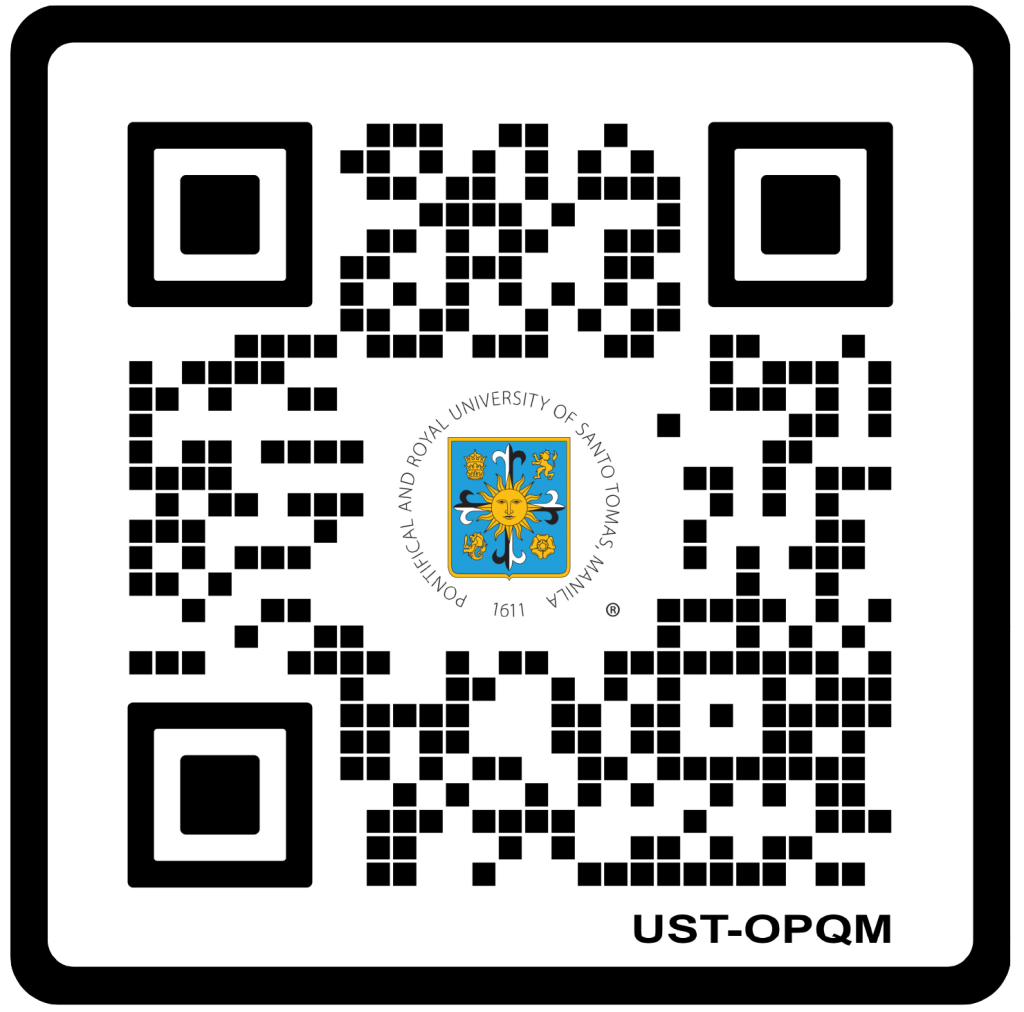(4th Century AD), virgin and martyr
Secondary Patroness of the University of Santo Tomás
Patroness of the UST Faculty of Philosophy
Feast Day: November 25
Though the veneration of St. Catherine has been widespread since the 10th century, there is only a limited credible information concerning her life. According to popular tradition, she was born in Alexandria, the intellectual and cultural center of the ancient Mediterranean world, and had devoted herself to study since childhood. Through her reading, she had learned about Christianity and was converted. When the persecution of Christians escalated, she went to the Emperor to rebuke him boldly for his cruelty. Since the Emperor cannot answer her arguments against his pagan gods, he summoned fifty philosophers, who succumbed to her reasoning. Consequently, they were all burned to death. He then tried to offer her the consort’s crown, but she indignantly refused him, so she was beaten and imprisoned. The Emperor soon discovered that even his queen and his soldiers were converted to the true faith by Catherine, and were also put to death.
Catherine was then sentenced to die on a spiked wheel. When she was fastened to the wheel, her bonds were miraculously loosened and the wheel itself broke, its spikes flew off and killed some of the onlookers. She was then beheaded. According to legend, her body was carried by angels to Mount Sinai, where a church and monastery were built in her honor.
St. Catherine’s practice of Philosophy became an occasion for conversion, the motive for martyrdom, and represents the depths of charity and wisdom of God. According to tradition, she triumphed by closing the mouths of sophists, and her intercession was implored by theologians, apologists, pulpit orators, and philosophers. Before studying, writing, or preaching, they besought her to illumine their minds, guide their pens, and impart eloquence to their speech. St. Catherine of Alexandria is the patroness of the UST Faculty of Philosophy and the secondary patroness of the University of Santo Tomas.
Sources:
- Voragine, Jacobus (1275), and Caxton, William (1483; trans.), Legenda Aurea, Ch. 172.
- Clugnet, Léon. “St. Catherine of Alexandria.” The Catholic Encyclopedia. Vol. 3. New York: Robert Appleton Company, 1908. 19 Apr. 2021.




















 Mr. Pierre Jasper Bacolod
Mr. Pierre Jasper Bacolod


















